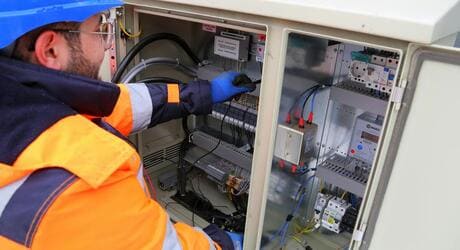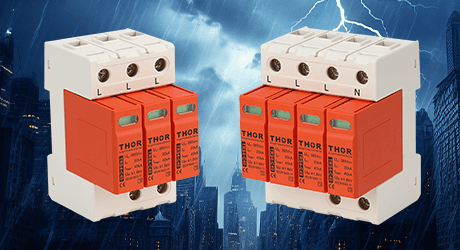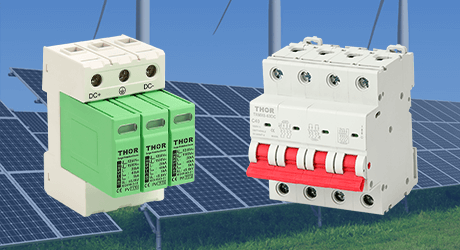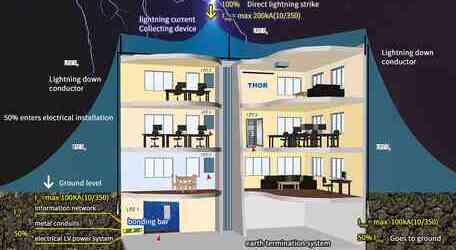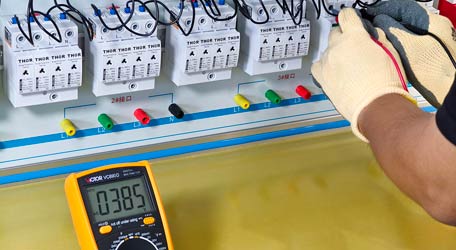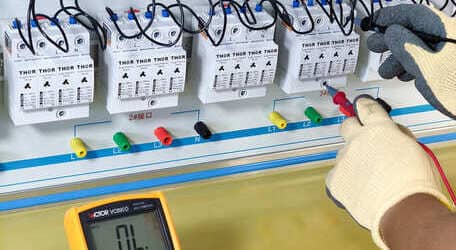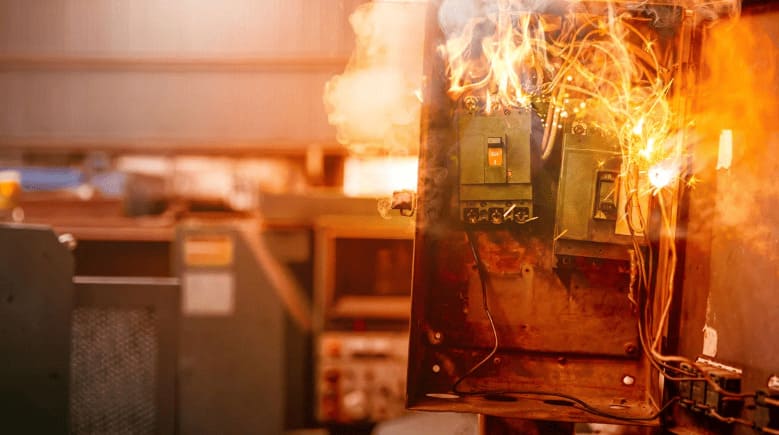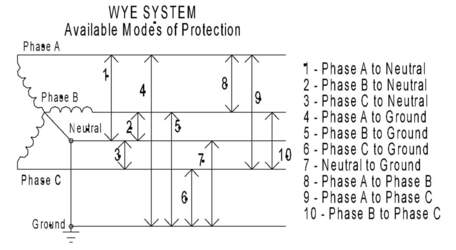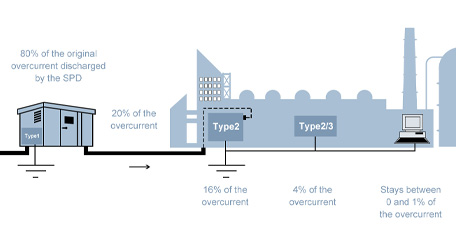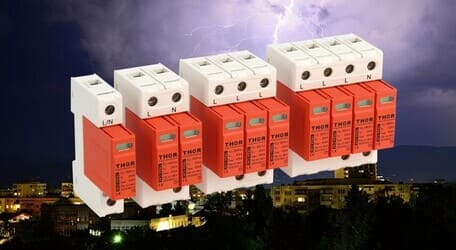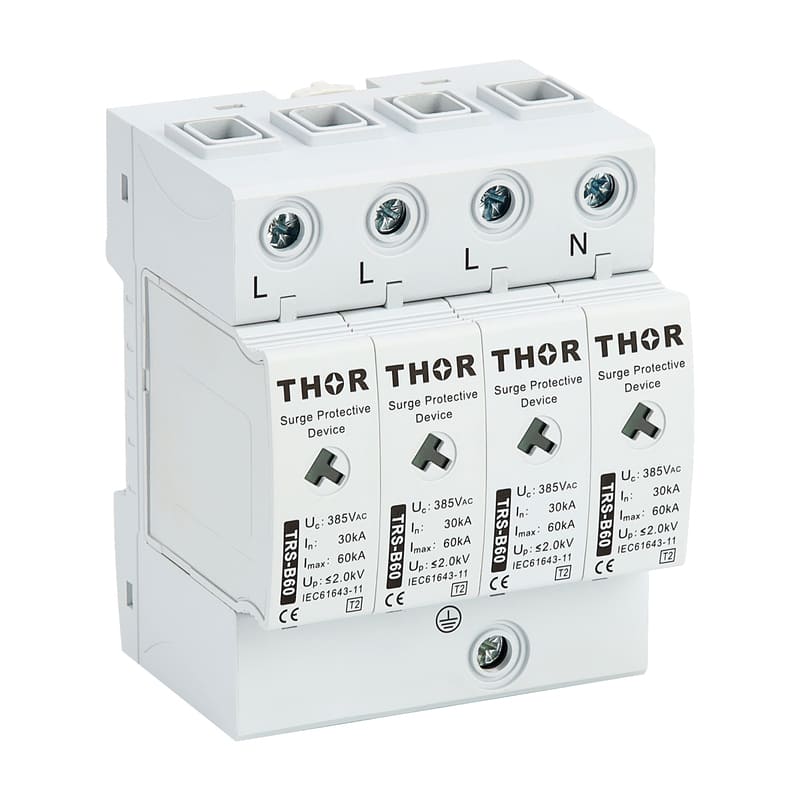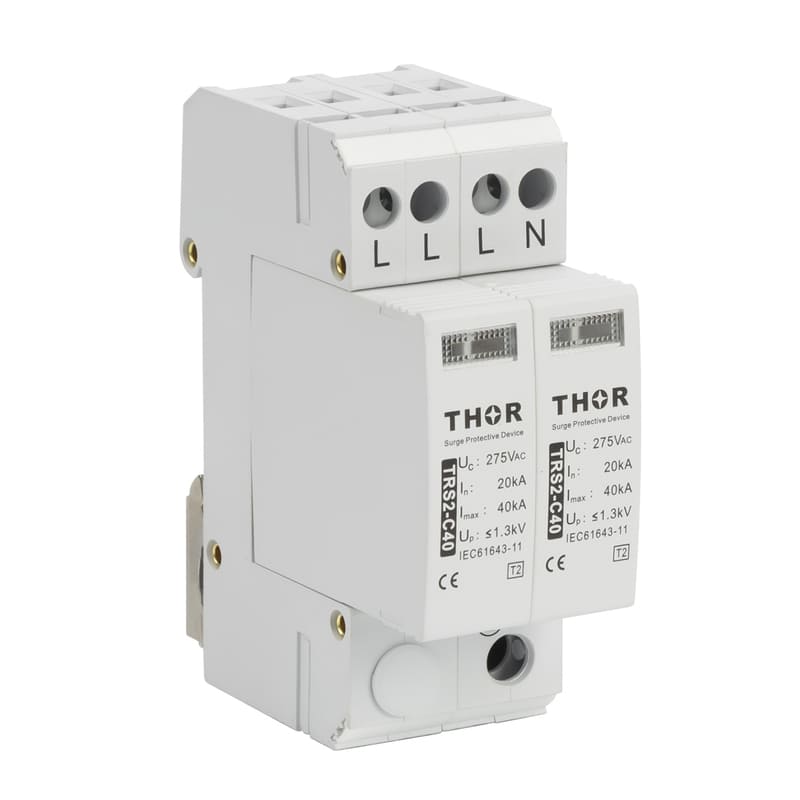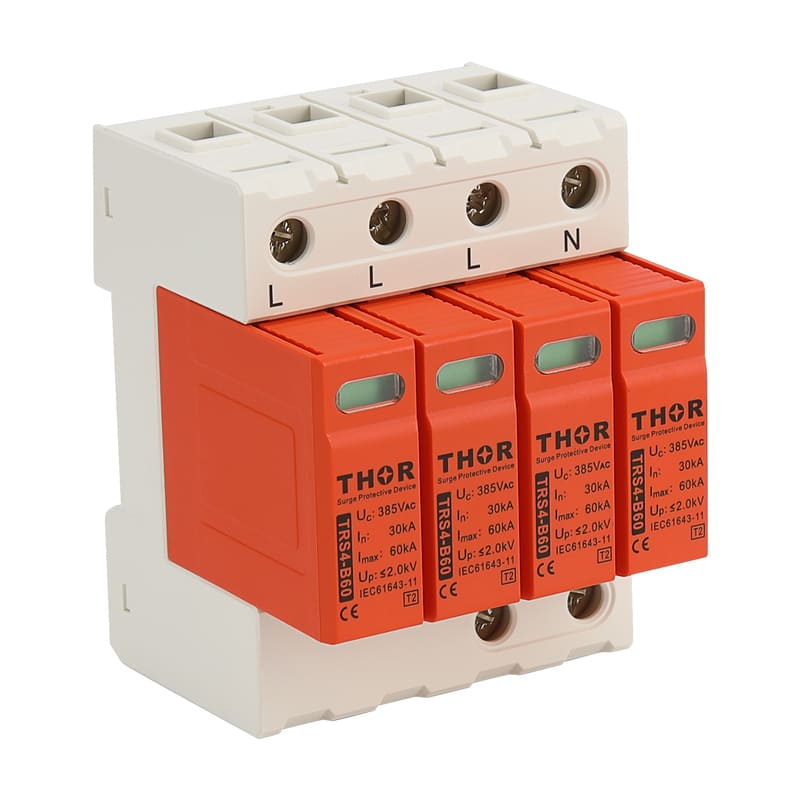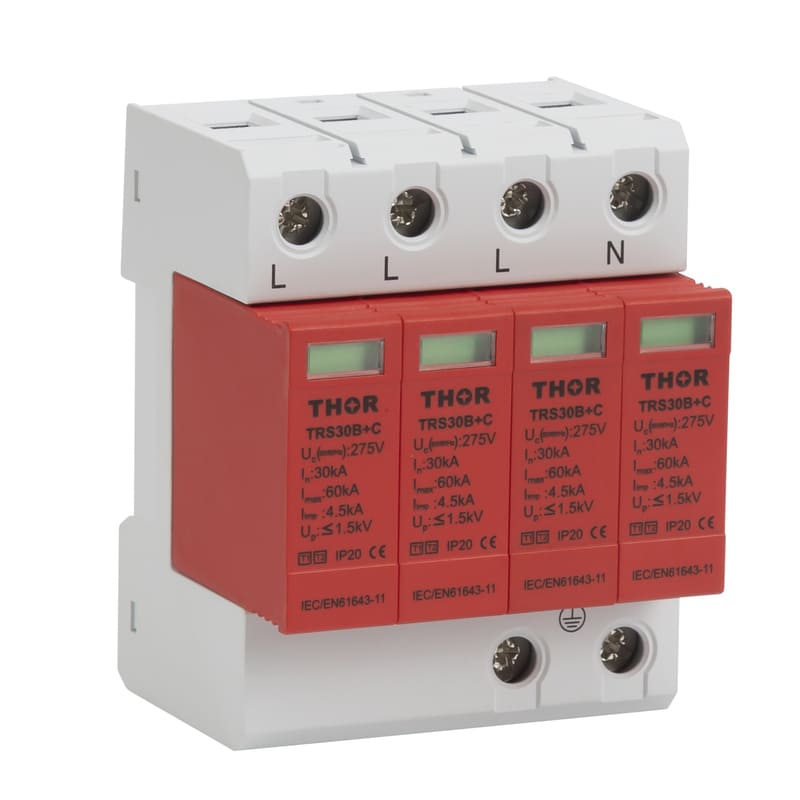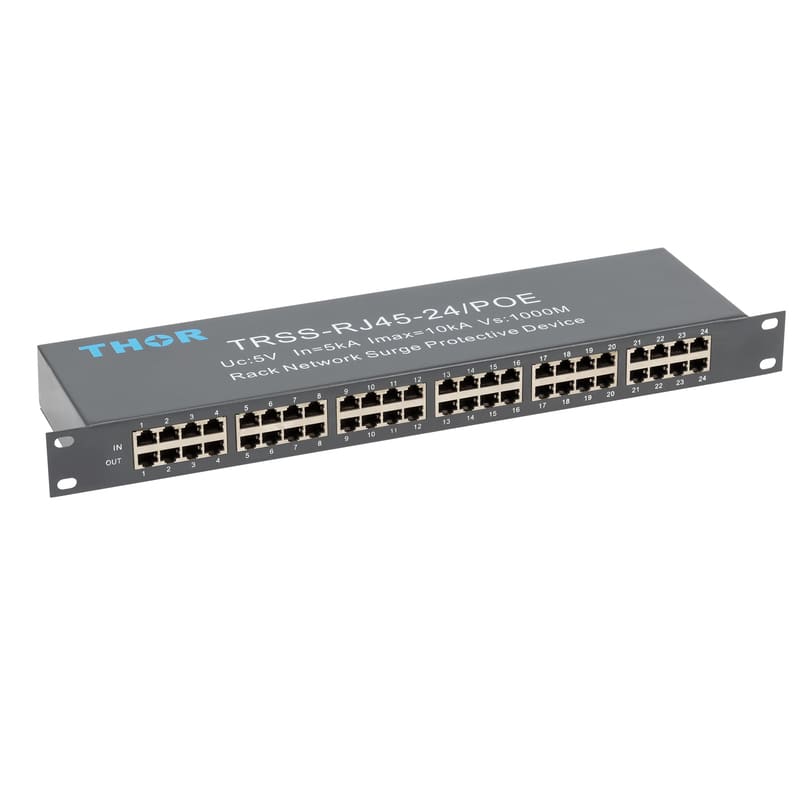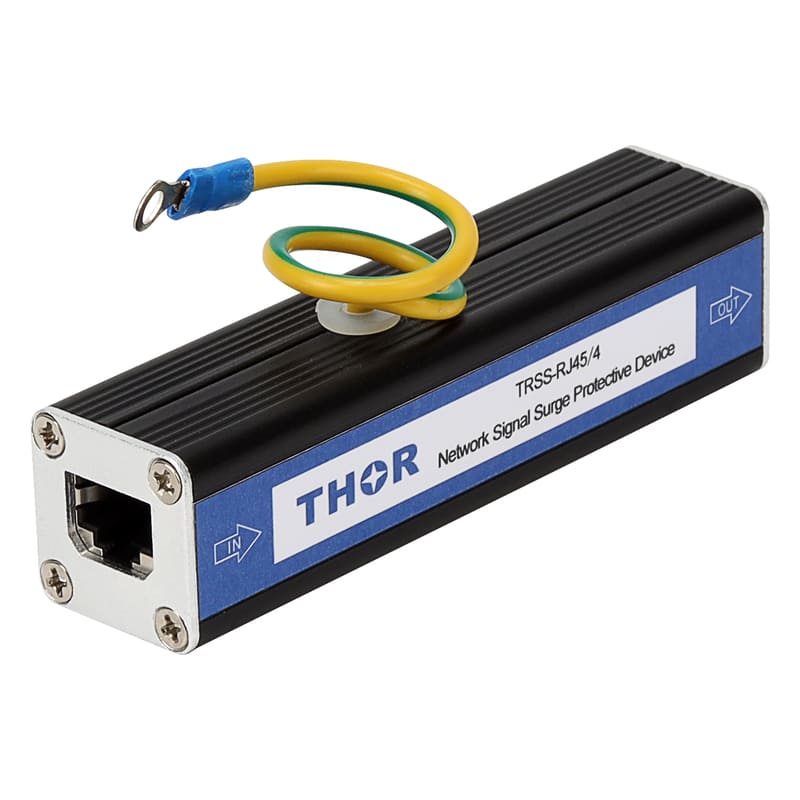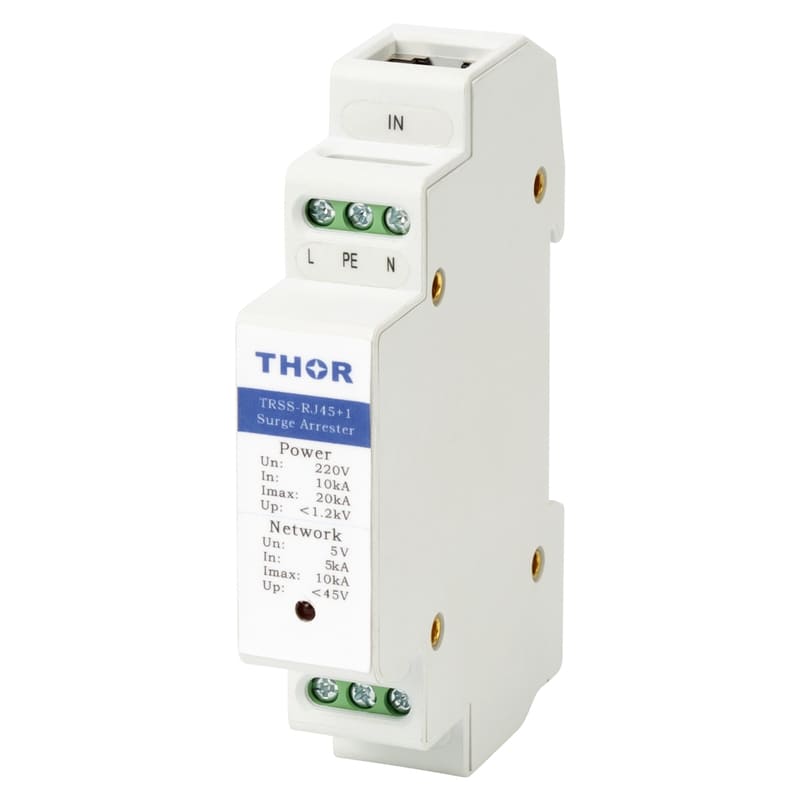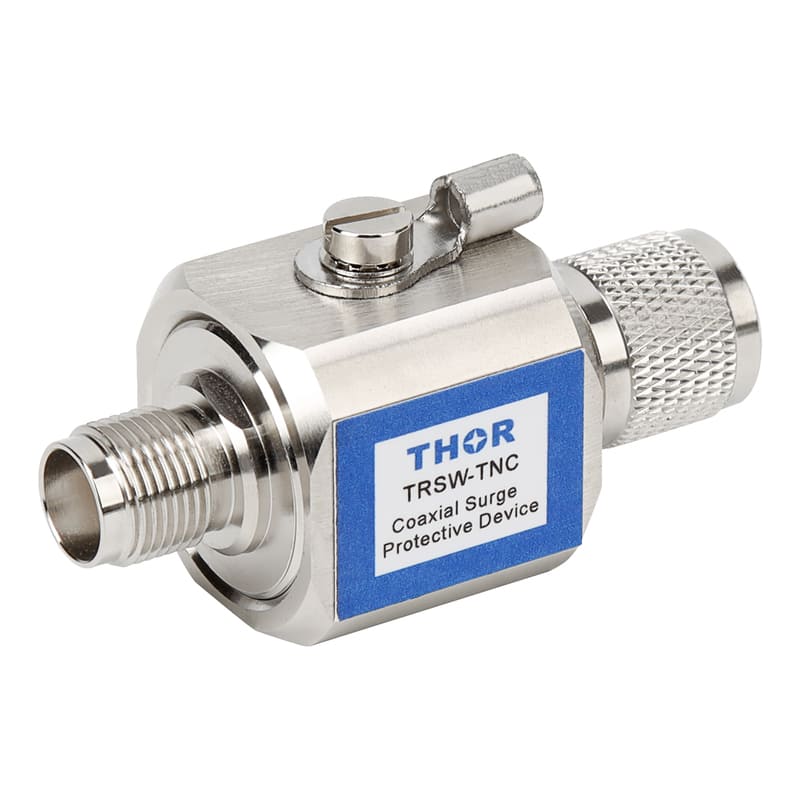Electrical use of ceramic gas discharge tubes
Gas discharge tubes are available in DC and AC conditions. When the selected DC discharge voltage Udc is used under DC conditions, Udc≥1.8U0, U0 is the DC voltage for normal operation of the line; when used under AC conditions, Uac≥1.44Un, Uₙ is the effective AC voltage for normal operation of the line value.
Under the impact of fast pulses, the gas ionization of the ceramic gas discharge tube takes a certain amount of time, usually 80~100ns, so a sharp pulse with a higher amplitude will leak to the back. To suppress this spike, there are two methods: one is to connect an inductance in series behind the discharge tube or leave a transmission line of appropriate length to attenuate the spike to a lower level; the other is to use a two-stage protection circuit to As the first stage, TVS tube or semiconductor overvoltage protector is used as the second stage, and the two stages are isolated by resistance, inductance or self-recovery fuse. If other protection circuits are connected in parallel after the gas discharge tube GDT protection circuit, it is necessary to control the reaction voltage coordination relationship between the two stages so that the large energy is preferentially discharged from the gas discharge tube GDT. The minimum value of the DC breakdown voltage VS should be greater than 1.2 times the highest possible power supply peak voltage or the highest signal voltage.
Usually, when the gas discharge tube is used in the power circuit, it must be very careful. In order to ensure that the freewheeling flow is completely cut off at the moment when the gas discharge tube GDT is turned off, a varistor or other circuit breaking device must be connected in series.

